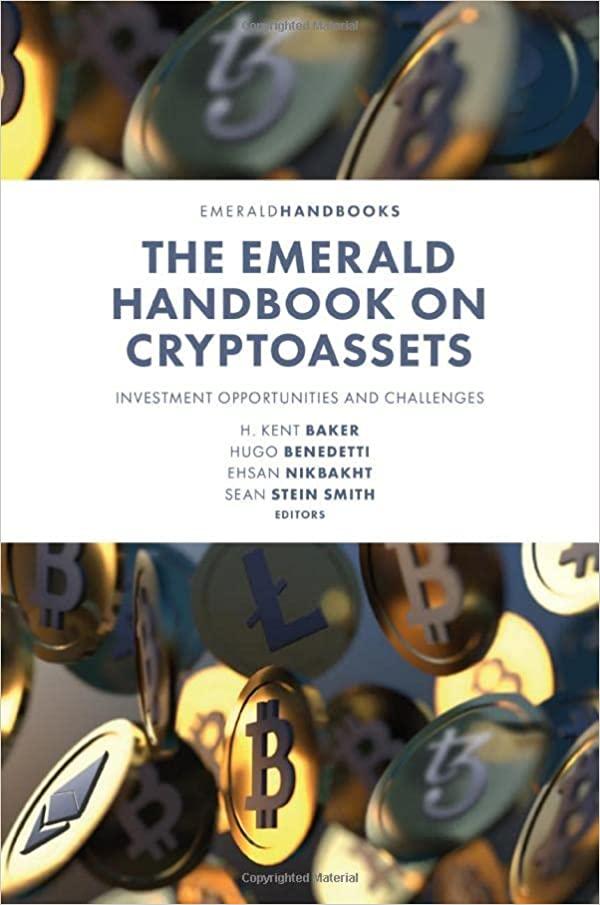Question
Here is the condensed 2014 balance sheet for Skye Computer Company (in thousands of dollars): CONDENSED BALANCE SHEET FOR SKYE COMPUTER COMPANY 2014 Current assets
Here is the condensed 2014 balance sheet for Skye Computer Company (in thousands of dollars): CONDENSED BALANCE SHEET FOR SKYE COMPUTER COMPANY 2014 Current assets $2,000 Net fixed assets 3,000 Total assets $5,000 Accounts payable and accruals $900 Short-term debt 100 Long-term debt 1,100 Total debt $1,200 Preferred stock 250 Common stock 1,300 Retained earnings 1,350 Total common equity $2,650 Total liabilities & equity $5,000 Skye's earnings per share last year were $3.20. The common stock sells for $55.00, last years dividend (D0) was $2.10, and a flotation cost of 10% would be required to sell new common stock. Security analysts are projecting that the common dividend will grow at an annual rate of 9%. Skye's preferred stock pays a dividend of $3.30 per share, and its preferred stock sells for $30 per share. The firm's before-tax cost of debt is 10%, and its marginal tax rate is 35%. The firm's currently outstanding 10% annual coupon rate long-term debt sells at par value. The market risk premium is 5%, the risk-free rate is 6%, and Skye's beta is 1.516. The firm's total debt, which is the sum of the company's short-term debt and long-term debt, equals $1.2 million. a. Calculate the cost of each capital component, that is, the after-tax cost of debt, the cost of preferred stock, the cost of equity from retained earnings, and the cost of newly issued common stock. Use the DCF method to find the cost of common equity. b. Now calculate the cost of common equity from retained earnings using the CAPM method. c. What is the cost of new common stock based on the CAPM? (Hint: Find the difference between re and rs as determined by the DCF method and add that differential to the CAPM value for rs.) d. If Skye continues to use the same market-value capital structure, what is the firm's WACC assuming that (1) it uses only retained earnings for equity? (2) It expands so rapidly that it must issue new common stock? (1) WACC using retained earnings (2) WACC using new common stock
Step by Step Solution
There are 3 Steps involved in it
Step: 1

Get Instant Access to Expert-Tailored Solutions
See step-by-step solutions with expert insights and AI powered tools for academic success
Step: 2

Step: 3

Ace Your Homework with AI
Get the answers you need in no time with our AI-driven, step-by-step assistance
Get Started


